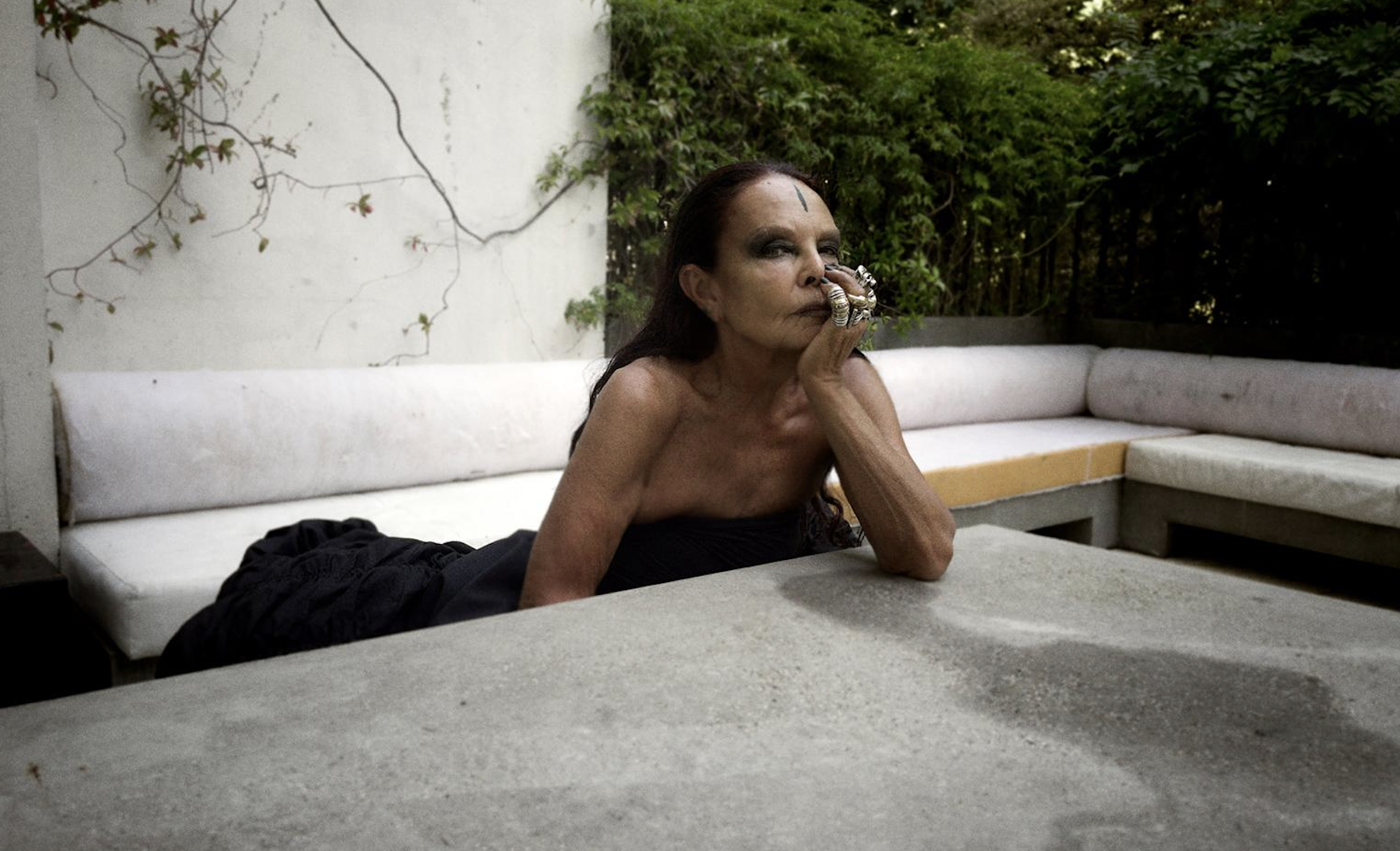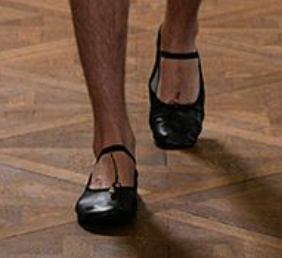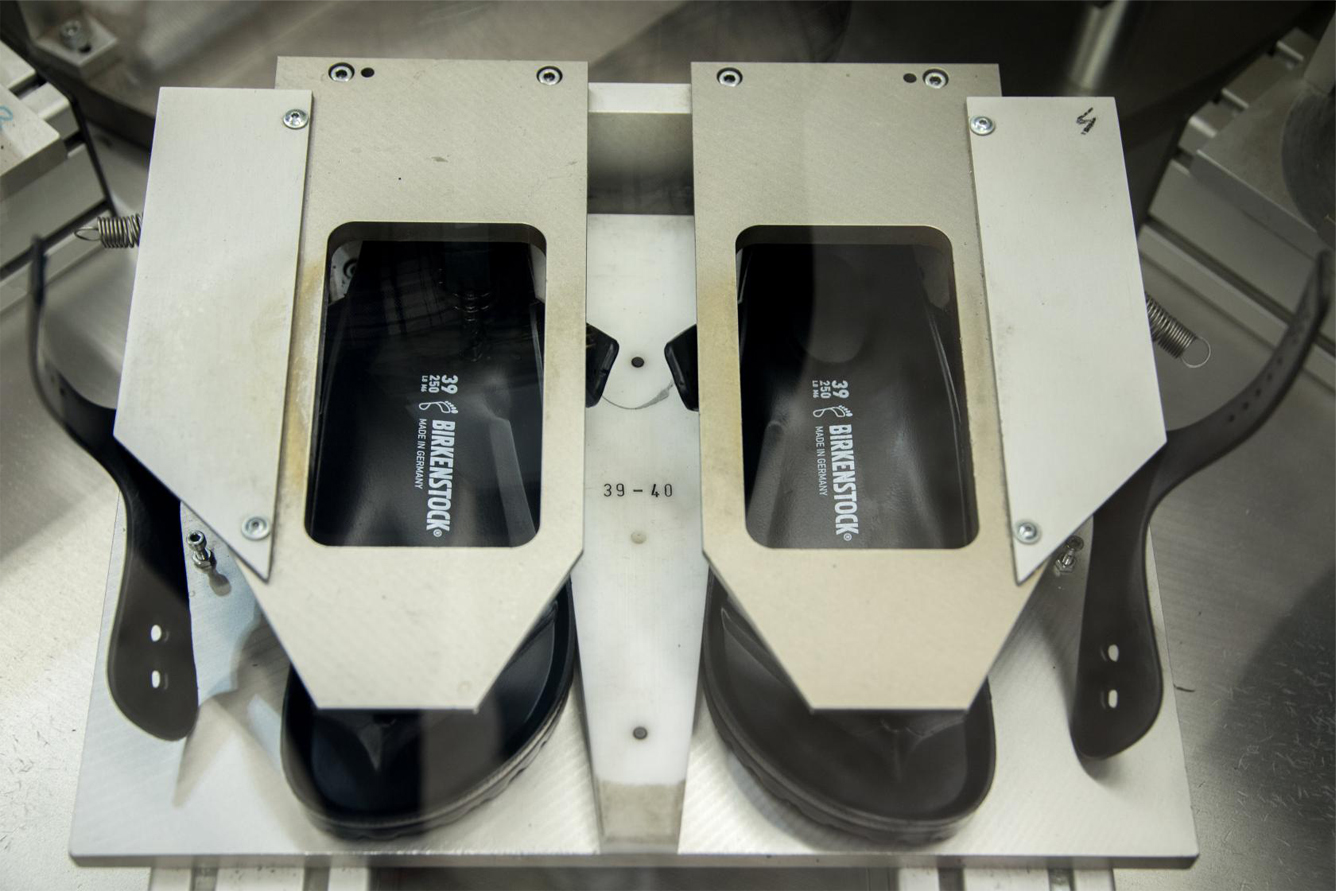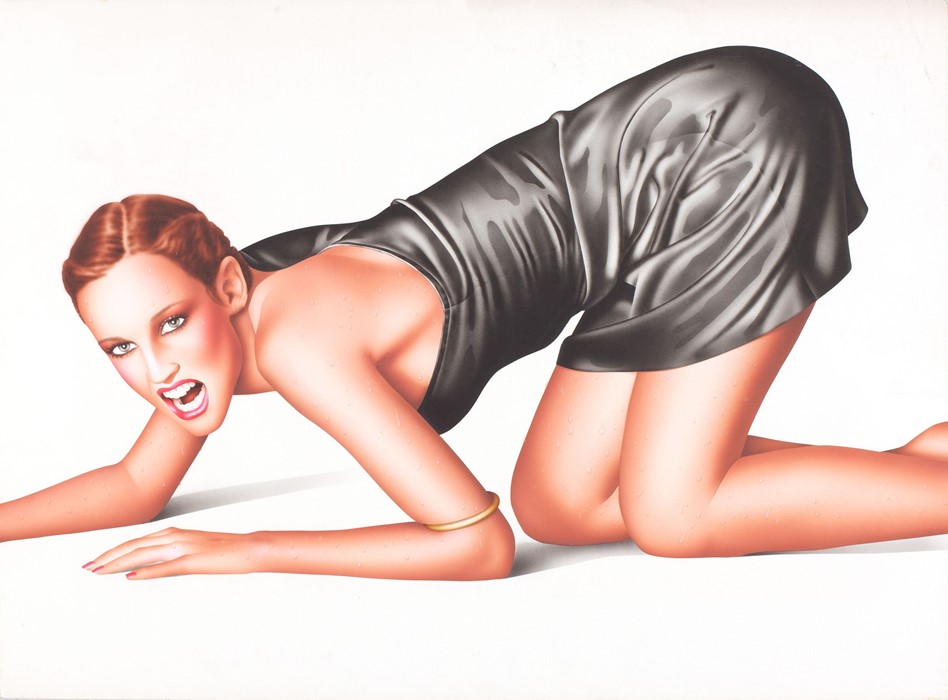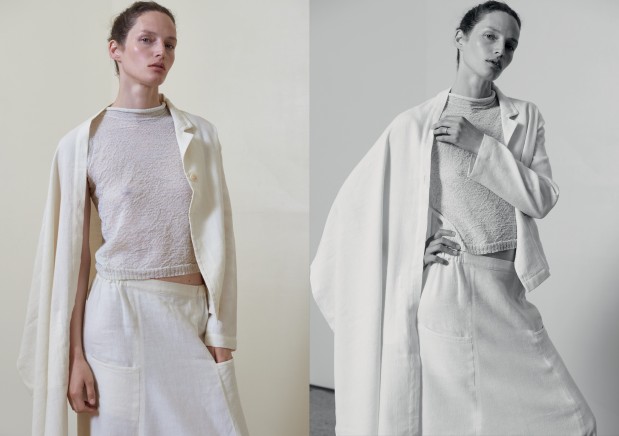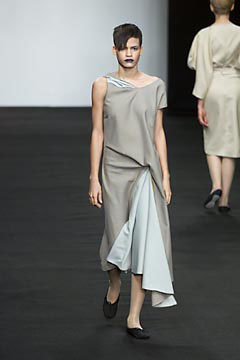The New Book Chronicling London's Finest Design Talent
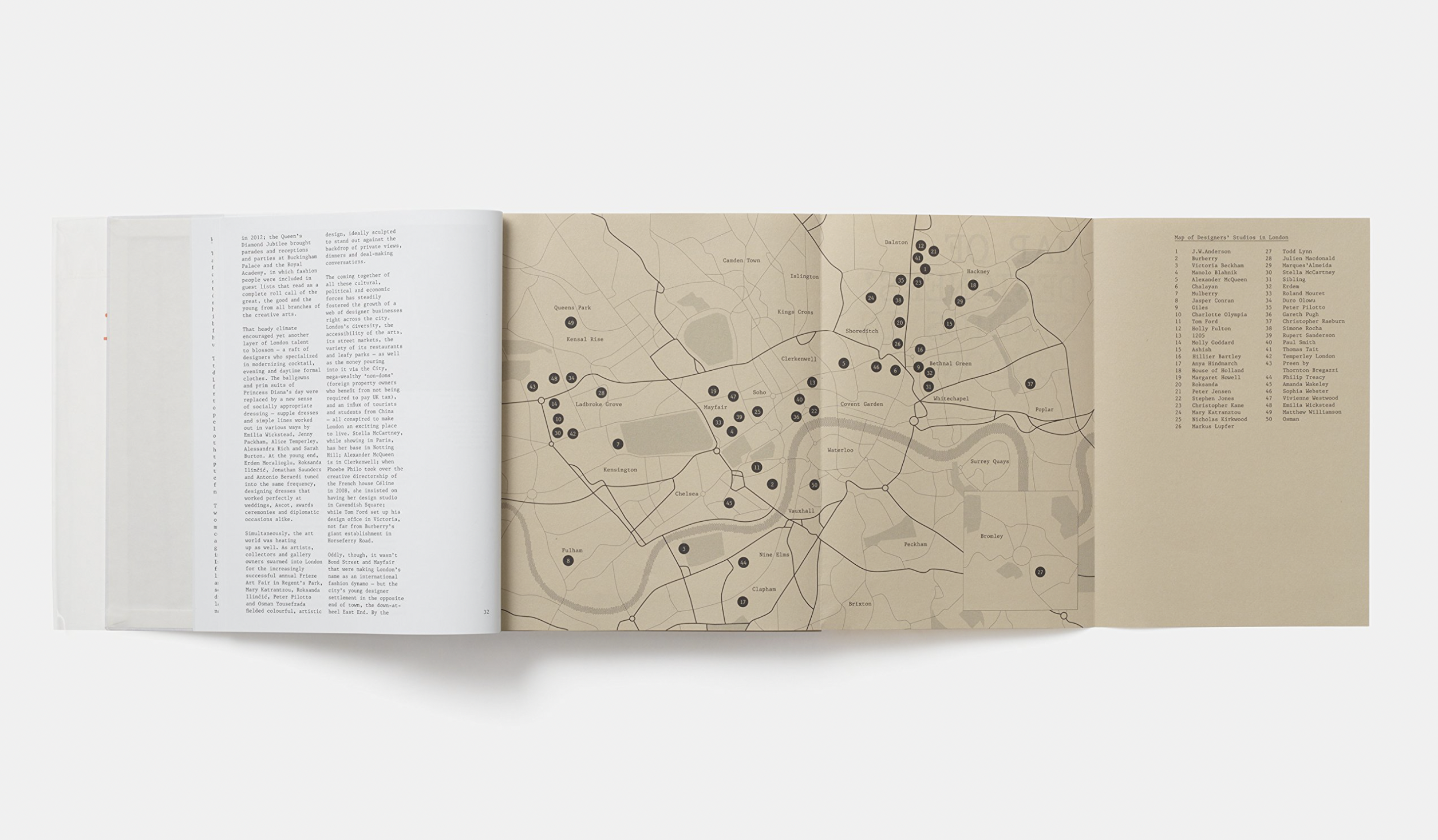
London’s fashion is iconoclastic, bombastic and individualistic. From large conglomerates with hundreds of stiletto-shod employees occupying several floors of imposing brick buildings to freshly picked MA graduates sat around their kitchen table in the East End – it is precisely this curious contrast in scale that keeps the city relevant and nimble-footed, even through unpredictable times.
![Photography by Tara Darby]()
Published by Phaidon this month, London Uprising asserts London’s unique position as a huge driving force in commercial fashion and punk approach to entrepreneurship. The book is the brainchild of Lebanese-born Tania Fares who co-founded the not-for-profit BFC Fashion Trust in 2013 with Kim Hersov. The Trust has connected more than 130 of its members from business, finance and the arts with many of the designers that have made London so eclectic and exciting; Mary Katrantzou, Emilia Wickstead and Sophia Webster have all benefited. ‘I felt like there was a gap in promoting young British designers and I wanted to raise more awareness and money to be able to support them,’ Fares says. ‘The more support you get, the more you can do.’
![Christopher Kane's Central Saint Martins MA graduate collection]()
![Christopher Kane's Studio]()
A book lover, Fares became frustrated that there wasn’t an extensive survey of the designers working in London right now, so she called Sarah Mower who has been on the frontline of fashion reporting for more than three decades and is BFC Ambassador for Emerging Talent. Exactly two years later, this 607-page tome profiling London’s shiniest talents is here. ‘I wanted to show the designers as they are – who they are, what they are, what they are doing…their stories. To put it all together and very much embed it in the now.’
In London Uprising, nineteen of the industry’s foremost fashion editors and writers peer into the working environments of 50 designers – disparate, fiercely personal spaces that have led to an unparalleled creative legacy. Christopher Kane says,



‘People are always intrigued by the mystery of fashion – so being able to give a little insight into my space can help to them to further understand my process. A lot of things get hidden in cupboards and it’s a great excuse for a studio tidy! It's nice for people to see behind the scenes, and the insides of where the creation starts and happens.’
Fares attended every shoot and worked with a small cluster of photographers to capture each new environment. ‘Each has its own identity… you have fabrics, sewing machines, the big pattern cutting tables. The things you need but each studio was different. The bit I love is when you see everything that’s happening on the table in one place, the patterns, the fabrics, the sketches – where it all comes together,’ she says.
Indeed, London is where creativity, camp and commerce come together. It has always enjoyed a reputation as a place of experimentation, driven by an uninhibited art school education that puts fashion, fine art, sculpture, graphic design on an equal footing. ‘London has always been where newness has come from,’ Kane says. ‘It’s home to so many young talents. Just look around at all the many great fashion houses that have people educated in Britain's amazing art schools.’ He is not wrong – almost half of the designers featured in the book have worked or continue to design for international houses whilst maintaining their own label. Doing things their way. Kane continues: ‘The studio is a very private place and I’m always very conscious of anyone coming in.’
Fares’s interest in the working life of designers was shaped by an adolescence spent touring the Louvre and Château de Fontainebleau with her uncle who worked with 18th century antiquities. There they would sit and look at furniture, fixating on the leg of a table for hours. At 21, after graduating from a degree in communication, Fares interned at Pierre Cardin for three months and the experience had a profound impact on her: ‘…it was amazing! To be around all of the fabrics, the people, the creativity, the energy…’ Her excitement peaks when describing the detritus of the studio: ‘I know how the studios work and I wanted the readers of this book to see the designers lives, like when you go into someone’s house you learn about that person, it is the same. I wanted to see how they arranged their spaces – who they were influenced by.’
![Hillier Bartley S/S 2016]()
Take designer Luella Bartley, whose London-girl-tongue-in-cheek-chic dominated the decade between 1999-2009. She established Hillier Bartley with accessories designer Katie Hillier in 2015. Talking to Mower about the team at her East London studio she says: ‘there are people who’ve left college, gone to work abroad, and then they realise they really do want to come back here. We called it the donkey sanctuary for a while, because there were people who’d really been fried by the big corporations. They’ve realised they’d take a salary cut to come back and work in a place where they can live and work as they want.’
Yet the arts are always at risk during political and social upheaval. The city is forever changing and its creative class is vulnerable. ‘Everything is being turned on its head. We are all having to completely rethink and reinvent in these turbulent times and question everything,’ says photographer Tara Darby who visited more than 20 studios. ‘Conditions for creative people in London are getting harder every day and it made me so happy to see the designers still making and creating in our city. Each space has its own magic regardless of its size or location. Each space is a world of its own.’
Writer Tamsin Blanchard has been visiting designers at their studios since the early 90s so has seen a lot of changes first hand. ‘This book is relevant now because although it's about London in general, it taps into the individual communities of each designer, looking in detail into their own bit of London where they work and what inspires them,’ she says. She interviews Margaret Howell and Markus Lupfer. ‘Fashion is becoming increasingly atomised with designers tapping into their own communities via social media so it's interesting to look at how they all exist within their own universe.’ She first met Lupfer when he was starting out in his own from his flat in Homerton: ‘It was just him and a seamstress or a pattern cutter and he was full of bright ideas and optimism,’ she remembers. ‘I've followed his career since then, with its ups and downs and was really thrilled to interview him for this book at his very cool space off Hoxton Street Market. Three storeys, departments for accessories, men's and womenswear, pattern cutting and sampling, and his own lovely work space. He has managed to make his brand a success in his way, and that's so gratifying to see. In the 90s there were few businesses as together as his is now. It's still no bed of roses but London really has come of age as a city to not just be creative but to grow a business too.’
The book is a lush snapshot of a time full of uncertainty. This school of designers mostly spent their late teens viewing the glossy world of fashion through the lens of style.com - the Condé Nast owned website that began posting daily pictures and reviews of collections in 1999. By 2006, the site had transformed the attitudes of young artists and designers who, unlike their predecessors who left to take up jobs in Paris or New York in the early 80s and late 90s, stayed in London, warmed by the optimism of Blair’s new millennium. But the New Labour era is long gone. It's a striking co-incidence that this study of 50 international labels based in London coincides with the triggering of Article 50. It remains to the seen whether post-Brexit London drives its best talent overseas, or maintains the puckish independence for which it is so rightly renowned.










